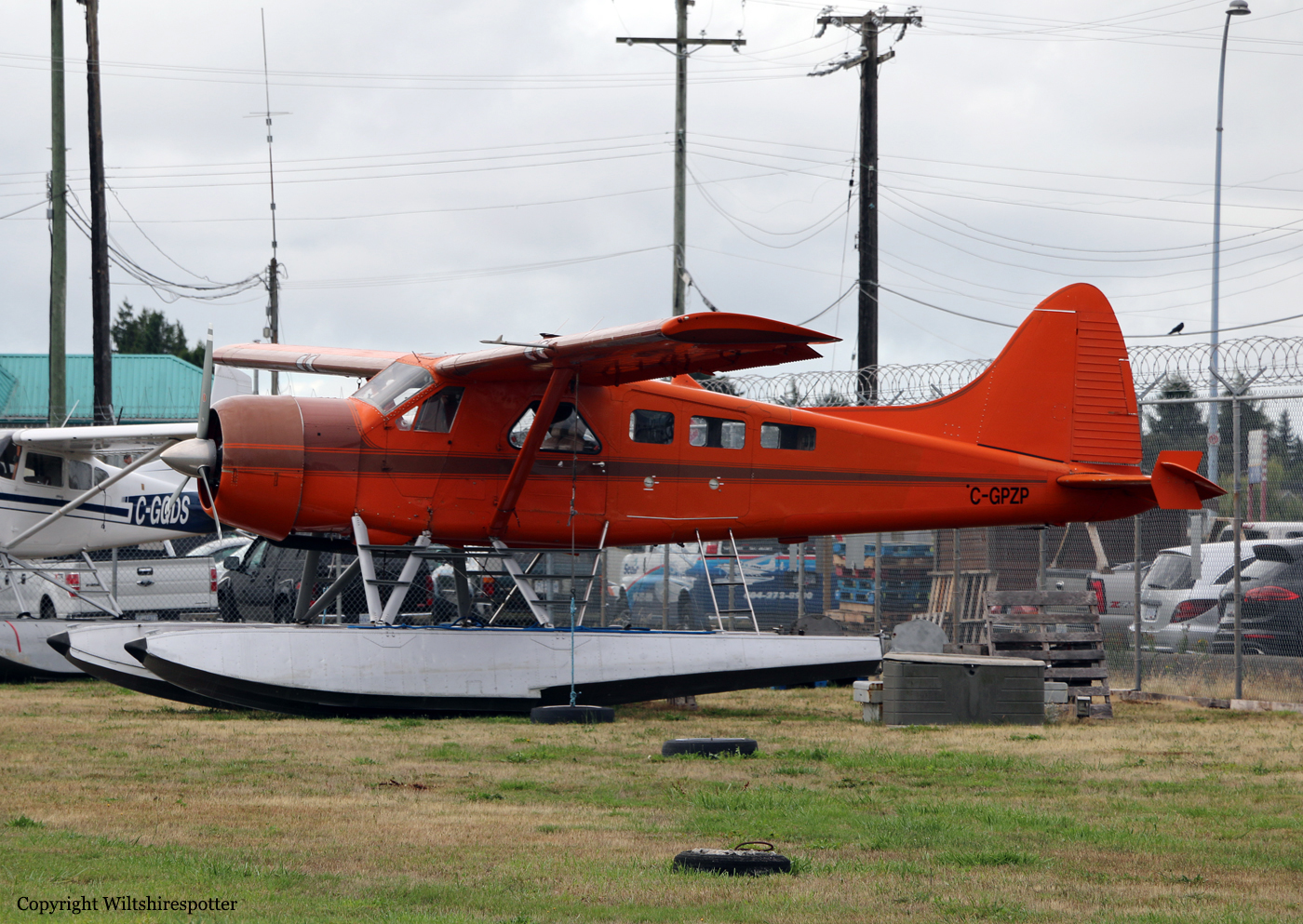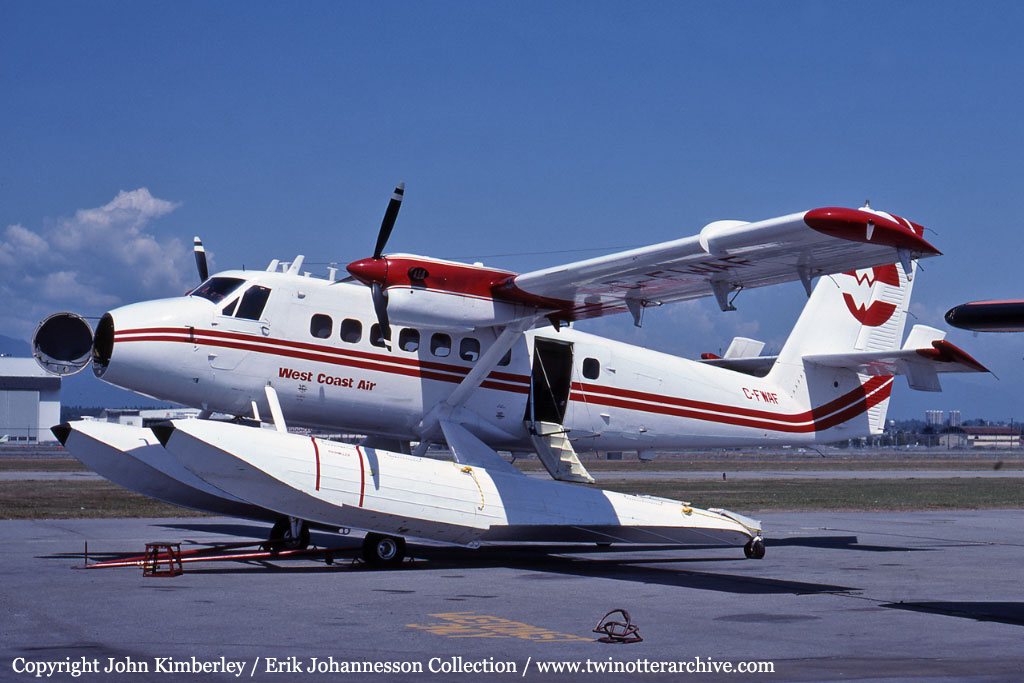Crash of a De Havilland DHC-2 Beaver off Sechelt
Date & Time:
Jul 30, 2019 at 1248 LT
Registration:
C-GPZP
Survivors:
Yes
Schedule:
Vancouver - Pender Harbour
MSN:
722
YOM:
1954
Crew on board:
1
Crew fatalities:
Pax on board:
2
Pax fatalities:
Other fatalities:
Total fatalities:
0
Circumstances:
En route from Vancouver to Pender Harbour, the pilot encountered engine problems and elected to ditch the aircraft about three miles off Sechelt. All three occupants were able to evacuate the cabin before the aircraft sank and was lost. All three occupants were rescued.

